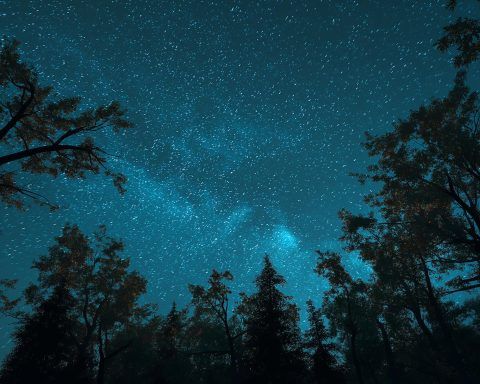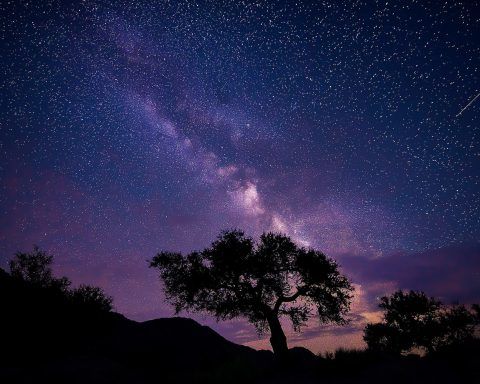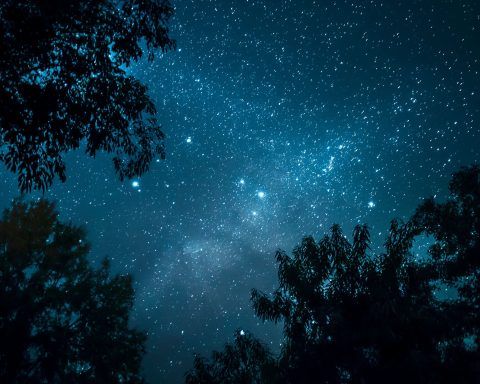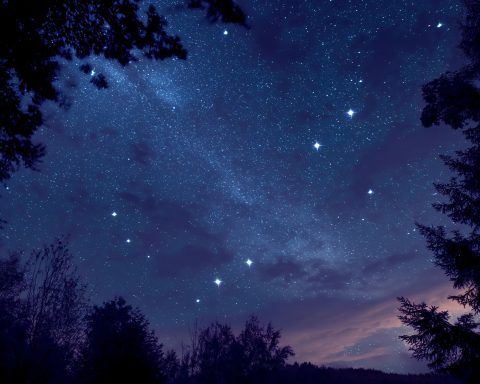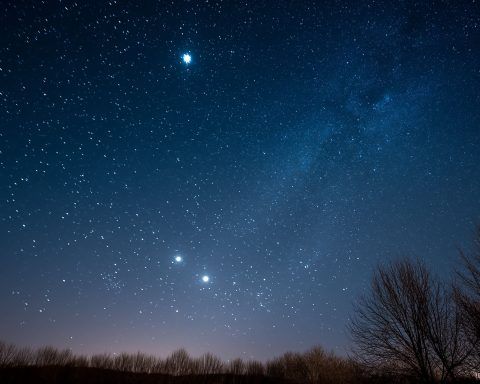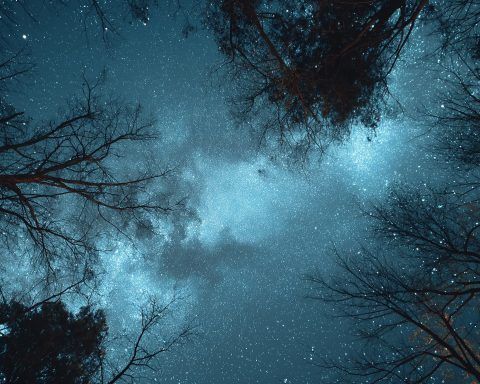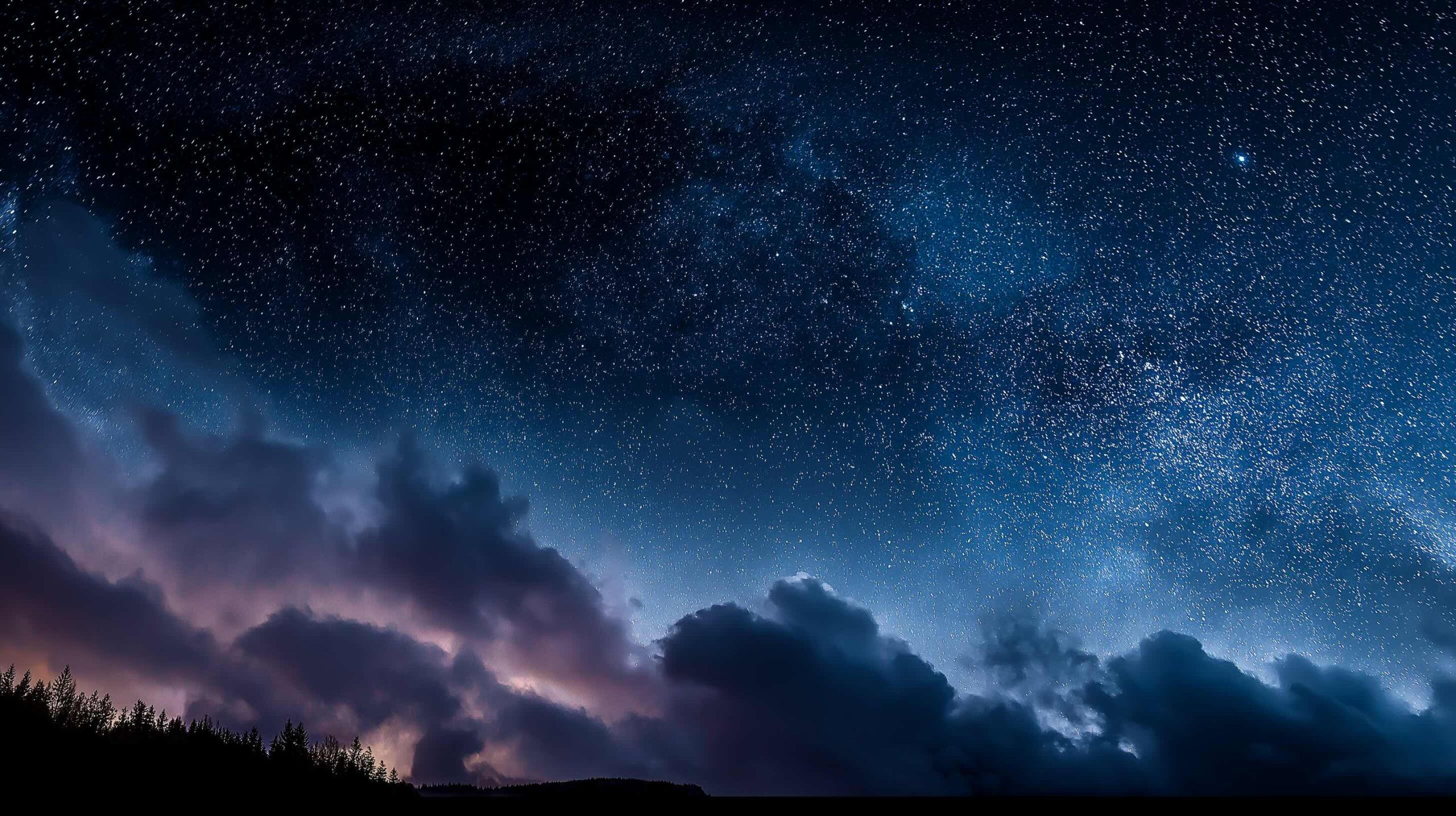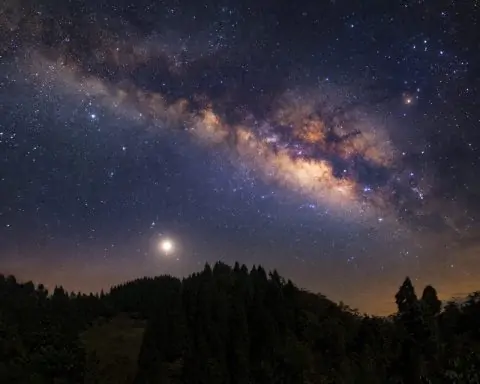
Night Sky Today (Dec. 25, 2025): Crescent Moon and Saturn at Dusk, Brilliant Jupiter Later, Ursid Meteors, and a Christmas ISS Flyby
Christmas night has a delightfully “classic winter sky” vibe in the Northern Hemisphere: a fat waxing crescent Moon glowing in the southwest as twilight fades, Saturn parked nearby like a steady golden bead, and Jupiter muscling its way up in

